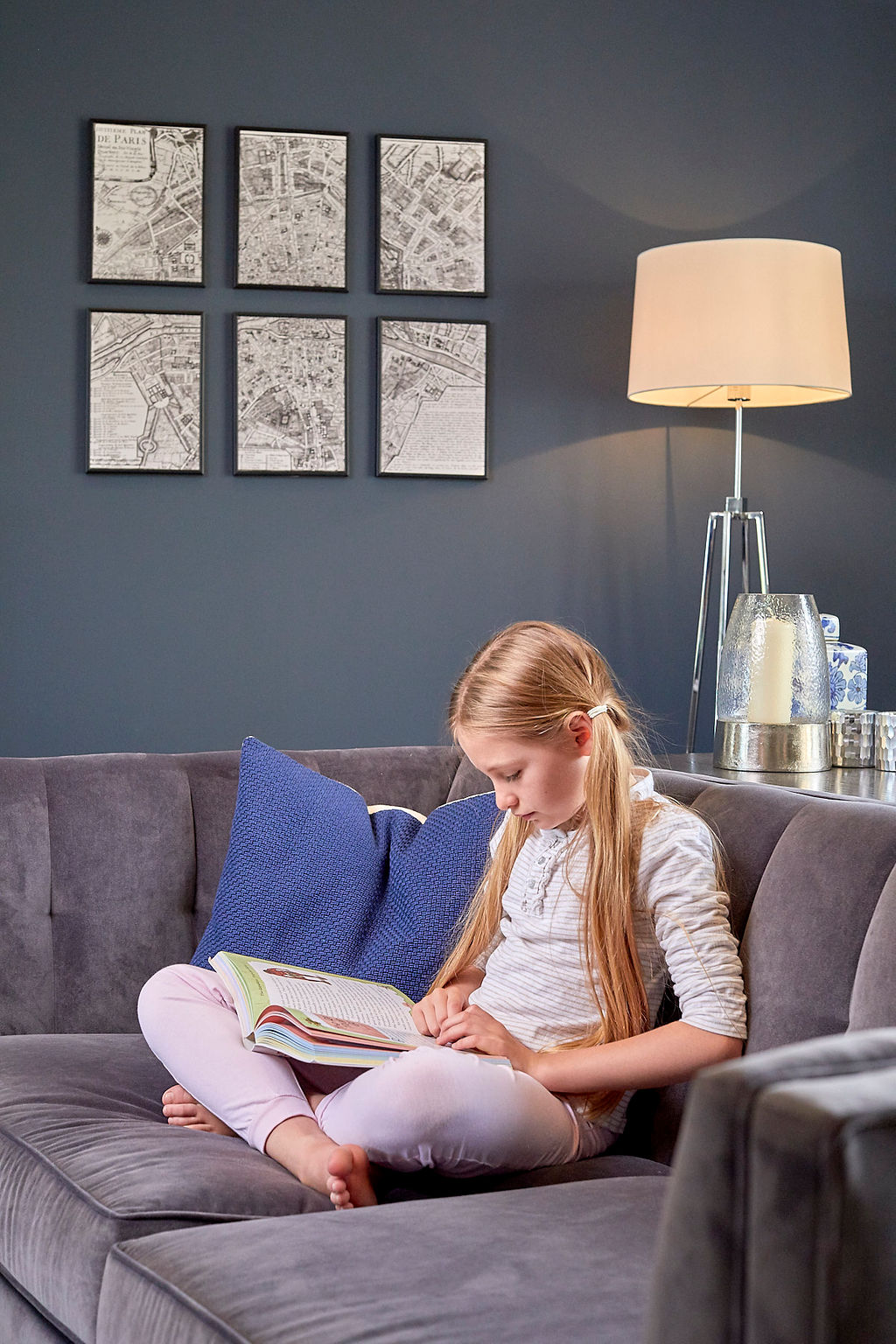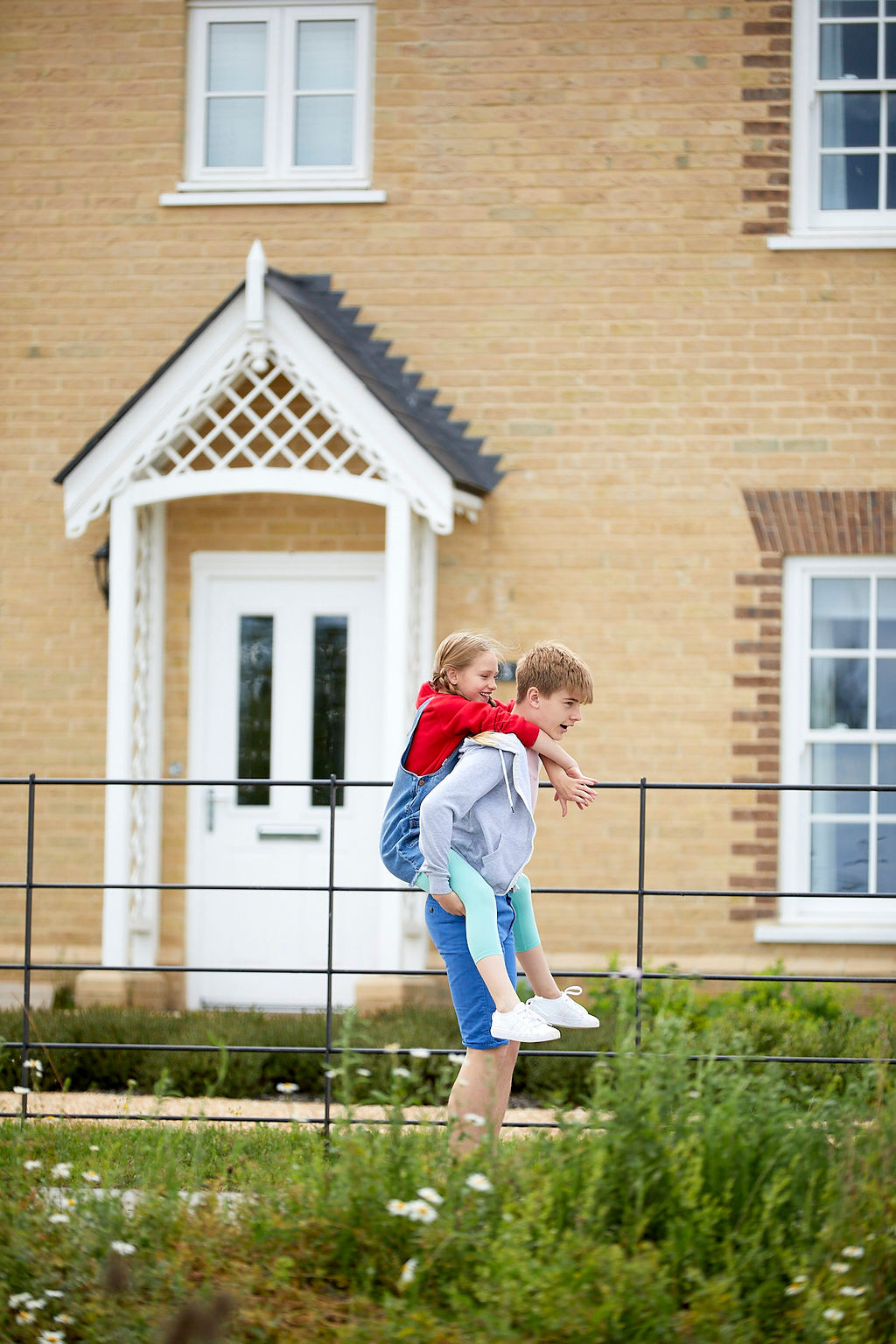A Stress-Free Guide to Moving House with Children
Are you moving house with children? If this is your first experience of relocating with kids, your instincts are right: it is a different experience to moving solo or as a couple. You may be worried that your young family will find the process upsetting, as well as feeling concerned about just how on earth you’ll manage the process.
In our guide, we’ll highlight why kids might find moving house challenging, before moving on to look at some practical tips to overcome this. Moving house with children can be a big adventure, we promise.

Why Moving Can Be Tough on Little Ones
Your current home may be the only home your child has ever known (or remembers). The idea of leaving these memories behind and adjusting to a new place can feel deeply discombobulating, even to a teenager.
Home is associated with security, which can make moving seem even more alienating. Another thing to keep in mind is that children are simply not as used to change as we are, having relatively little experience of it. There’s a lot going on for young minds to get to grips with.
Understanding Your Child’s Attachment
A safe and happy home environment plays an important part in any child’s life. Your home is where they feel secure and protected. They know where everything is, and when they’re older, how everything works. Creaks on the stairs and shadows on the curtains are familiar and understood, and Mum has demonstrated beyond doubt that there are zero monsters under the bed.
So even if you’re moving to a gorgeous, new-build home and your little one can look forward to a new bedroom, it’s going to take a while for that attachment and sense of security to transfer to their new house. When parents understand this, it’s much easier to know how to help children cope with moving.
How Children of Different Ages React to Moving
Babies and toddlers are the easiest group to relocate, because their sense of security is still more rooted with people than places (wise children); and provided you are there along with their familiar comfort items, they’ll adjust remarkably quickly.
Primary-age children have more of an emotional attachment to their homes as well as better-developed local friendships. The thought of a new bedroom might be exciting, but kids of this age will also be understandably apprehensive.
While a teenager is more likely to understand the reasons behind the move, they’re at an age where social groups are very important, and a change in school or local community can feel daunting. Give them time and space to process the change and answer any questions (in typical teen style, they may feel happier speaking to another trusted adult, so be prepared for a third-party chat). It can feel harder to sell the benefits to teens than younger kids; however, upgrades such as larger bedrooms, more privacy, better storage and location are all excellent carrots.

Getting Your Kids Onboard with the Move
Involve your children with the move as soon as possible, and make telling them a happy event. Explain where you’re moving, when you’re moving and why you’re moving: the impact of moving on children will be far more positive if there aren’t uncertainties surrounding it.
While your focus will be very much on the upsides of moving, it’s still really important to listen to your children’s fears and questions, and answer as fully and honestly as you can. You can minimise the psychological effects of moving by addressing concerns out in the open, without dismissing their worries.
The Power of Play: Storytelling and Imagination as Coping Mechanisms
With younger children, you could act out house moving role plays with dolls and plushies (and LEGO is great for the whole new house narrative. You could even make a model of your new one…). Movies such as “Inside Out” and “My Neighbor Totoro” make great starting points for discussions about moving house, and pop down your local library in search of a few relevant storybooks. Online educational resource Twinkl has a lot of downloadable worksheets about children and moving house.
You can still use the power of imagination to help older kids adjust with moving. They can draw plans of the house and their bedrooms (tech-minded teens could probably do this using a clever app) or look at nearby routes and places of interest on Google Maps. Give them a project such as finding the best local facilities and reporting back to the family.
Involving Your Children in the Moving Process
Here are some areas where your children can feel involved:
- Bring them along for the second (or subsequent) viewing. Have a stroll around the local community as well as the house. If you’re in luck, there’ll be a handy. playground/cafe/skate park nearby.
- Look at plans and photos. Chat together about where things can go and decor ideas
- Discuss their new bedroom. Would they like a new colour or a new piece of furniture? This needn’t break the bank: a new duvet cover can transform a room. Now’s not the time to go for your minimalist designer dream: if neon pink curtains smooth the move, they’re suddenly your favourite design trend.
- If you have pets, ask your child to help you make the move easier for them. By focusing on their pet or pets’ needs, your little one can start to iron out their own concerns and engage in practical problem solving.
- Packing. Kids of all ages can help pop things in boxes. A five-year-old will love “grown-up” tasks like labelling boxes.
- Encourage your child to pack a bag of their most important things (a bit like hand luggage), which will be there for them on their first night. All of us feel happier when we know exactly where our most precious things are.
The Calming Power of Transitional Objects
Let’s think more closely about that overnight bag. While you’ll pop in practical essentials like keys, chargers and meds, your children will pack things that mean something to them. Favourite old blankets, go-to bedtime books, cuddle-damaged plushies… all these items hold a powerful link to their home and sense of security.
According to psychologists, these “transitional objects” can lessen the stress of separation, and can be a valuable way of supporting children through a move.

Practical Tips for Moving Day and Beyond
One of the big questions about moving house with children is whether they spend moving day with you or join you after the bulk of the work has taken place. Sometimes, seeing what’s going on can ease the stress of moving for children, while others are better off away from all the hustle and bustle, perhaps with a grandparent.
There’s also the question of the old house. Some families have a small “Saying Goodbye” ceremony to mark the occasion and create a sense of closure, perhaps leaving something like a painted pebble behind for the next residents.
Taking Care of Yourself: Don’t Be Afraid to Ask for Help
It takes a team to move a house. You’ll probably have your team of removal professionals (or willing friends) on board, but if you’re moving house with children, make sure you have childcare in place. If you have really little ones, ask a grandparent or friend to take charge of them on moving day. Someone to make sure you all get fed at the end of the day is also essential.
Exploring Your New Community Together
This bit can be great fun. Carry out some background research together, then head off to explore your new area. Even if your move is local, there’ll still be new places to discover. Chat with your new neighbours and find out about any community groups or events you and the children can join.
Moving to a New School
A change of address can also mean a change of school, and this can be one of the trickiest things to navigate when relocating with kids. Some families choose to move during the long summer holidays, so they’re dealing with one change at a time.
However, as we all know, life doesn’t always run that smoothly. Hopefully you’ve at least had plenty of time to visit the new school, and some schools even offer trial sessions for new pupils.
Resources for a Seamless School Transition
School visits are an absolute must, so your kids can start to visualise a day in the new school. Ask for timetables and educational apps well in advance to minimise overload in the first few days.
In an ideal world, your child or children already know somebody in their new school. If they don’t, it may be possible to meet other local kids before that first school day (ask your neighbours), which can really help.
If you’re a SEND parent, asking your child’s current team to liaise with their new team can be really helpful, and naturally, you’ll need a longer time for your child to adjust to their new setting. A phased start may be possible.
Young Minds offers resources to help pupils through transitions, and their website is really helpful.
Above all, as we mentioned earlier with the house move, make sure your kids feel able to ask questions and raise any worries. By being open and honest with each other, hopefully you can work together to help your kids adjust to moving school, as well as house.

Conclusion
Moving house can be a really positive experience for the whole family, and with a bit of thought and planning, there are lots of ways to help children cope with moving. By balancing positivity with an environment of openness, your children will feel safe and supported, and hopefully enjoy their new adventure.
Grown-ups need help with moving, too. Take a look at our step-by-step house buyers’ guide. With the Hopkins Homes team helping you, you’ll have more time to support your children through the move.